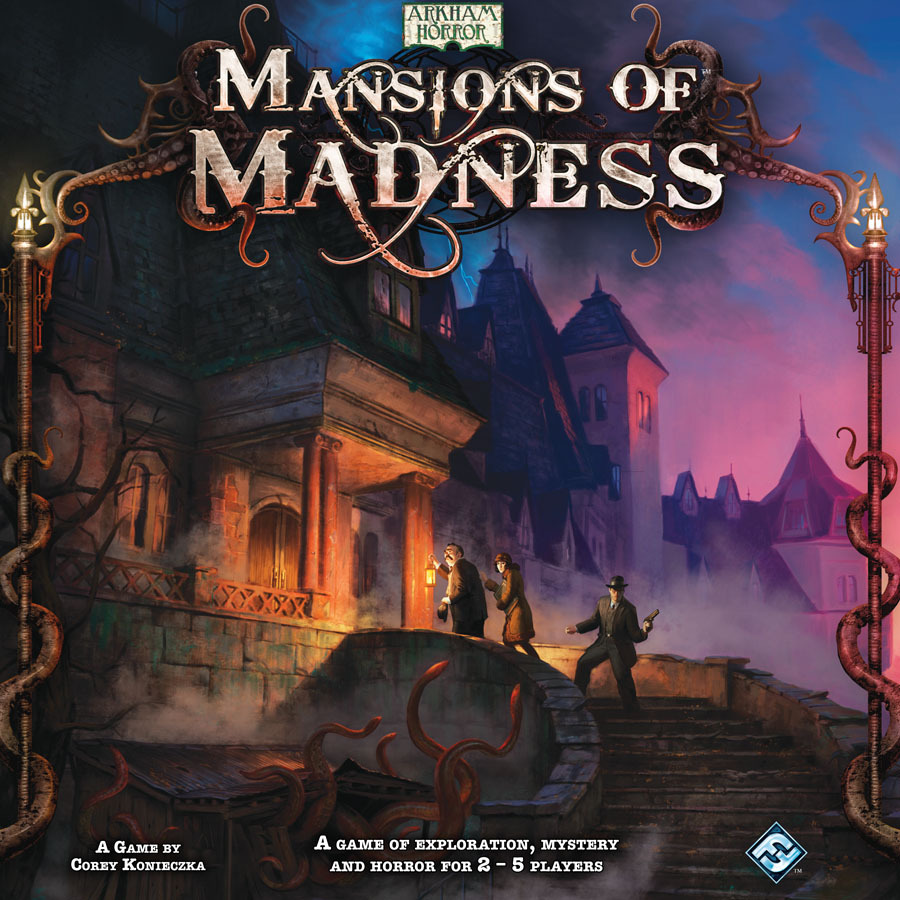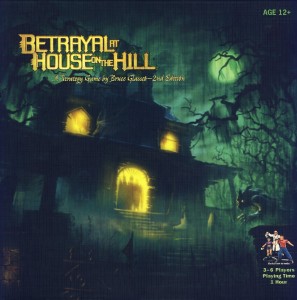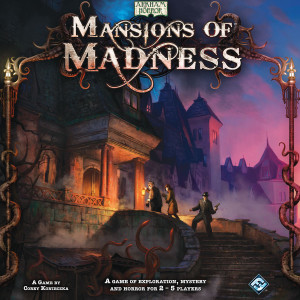
By: Sean Ray | The Duquesne Duke
Exploring haunted houses is one of the biggest tropes in any kind of horror story. Those rickety old structures can hold all kinds of monsters, spirits and traps. Have you ever wanted to delve into these structures from the safety of your own home, or perhaps look for some good scary fun to do with friends? Well, while going into actual abandoned and supposedly haunted buildings may be a good way to get hurt, the world of board games has you covered.
Betrayal at the House on the Hill

Updated in 2010, Betrayal is made by Avalon games and is designed for three to six players. Game times can last anywhere from about 30 minutes to 2 hours, though they tend to be around an hour most of the time.
In Betrayal, players assume the role of one of a group of characters going into a haunted house to investigate … something. It’s never really clear what they are doing there until later. In any case, during this phase of the game, players take turns moving their pieces deeper and deeper into the haunted house. Each character has four stats: Sanity, Knowledge, Speed and Might.
At the start, there are only a few known rooms: The entrance, the upstairs entrance and the basement. New rooms are generated by moving through doors in preexisting rooms. Once a player does so, they draw a new room from the pile and place it where they moved to. Inside rooms, players have the chance of finding items, having an event happen to them or drawing the dreaded Omen card. These items or events have a chance to increase or decrease a character’s stats, though each player has a limit on how high or low they can go.
This is where the betrayal aspect comes into play. Every time a player has to draw an Omen card, they must make an omen roll. The player gathers up six dice and must roll equal to or higher than the amount of total omen cards in play. If they do not, the betrayal takes place.
Betrayal honestly is at its strongest before the betrayal happens. Exploring the house is very fun, and all the random encounters that can occur keep things fresh. However, often when the betrayal begins, either the betrayer or the players find victory next to impossible. Either the betrayer found too many good items and is a walking killing machine, or the regular players all happen to be close to the victory condition. Very rarely has the victory of one or the other team not looked like a curb stomp battle.
Overall, Betrayal is a game built up to by its opening part that is ultimately let down by the betrayals themselves.
Mansions of Madness

Mansions of Madness was released in 2011 by Fantasy Flight games as part of their Arkham Horror release, a series of board games based on the works of H.P. Lovecraft. The game takes two to five players and gameplay lasts around two to four hours, a lot of that time taken by the set-up.
As with Betrayal, Mansions has the players taking control of a group of investigators traveling deep into a haunted house … well, all but one of the players. One player is known as the keeper, and they control the mansions themselves, as well as all the monsters inside.
There’s a lot of context added to what’s going on in Mansions and why the players are there. There are five total scenarios, each with a different game board, special rules and a different story behind it.
Whereas items were randomly found in Betrayal, Mansions pre-determines what items can be discovered in most of the rooms, whether they be weapons, artifacts, tools or magic spells. In Mansions, characters have many more stats as well as a sanity and life meter.
But how do you win? Well, here lies one of the most interesting things Mansions has going for it. The investigator players don’t know how they win when they start the game. In order to find out, they must find a series of clues. However, the keeper player knows how to win and must do everything in their power to either stop the investigators from winning or to fulfill their own victory condition.
If there are any complaints with Mansions, it is how intimidating the game is. The box comes with TONS of different tokens, cards, monster figures, player figures and various other components. Expect to make a lot of mistakes in your first two games, especially as the keeper. The game also has a very long set up time until you actually begin the game, so make sure you have patient friends to play with.
Furthermore, the game is rather expensive, its price usually above $60 depending on where you buy it.

